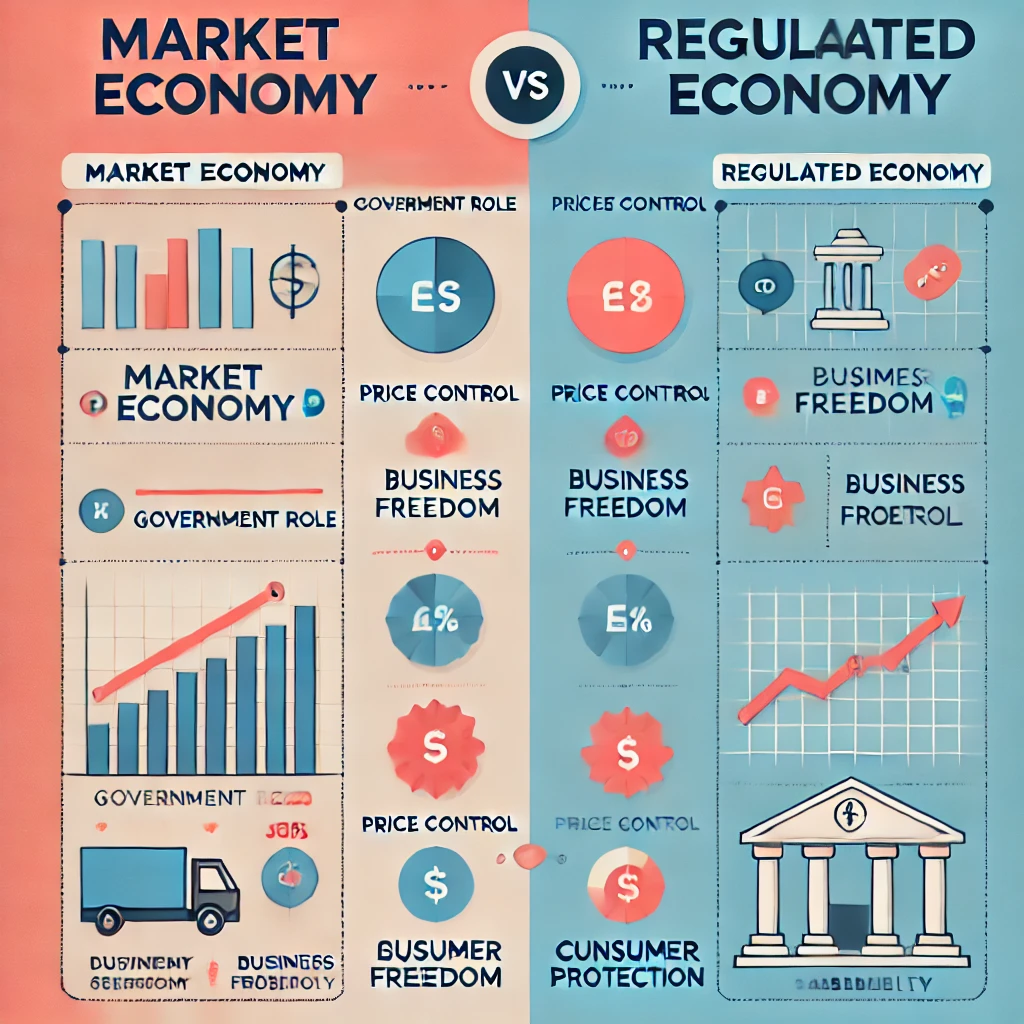Introduction
Currency notes are essential tools for any economy, facilitating day-to-day transactions and building trust in the monetary system. Over time, these notes can become damaged, torn, mutilated, or even burnt. To protect the public and maintain faith in the banking system, Bangladesh Bank introduced the Note Refund Regulations, 2012.
This regulation outlines the conditions under which damaged or mutilated notes can be exchanged or refunded and specifies the procedure banks must follow to process such claims.
In this blog post, we will explore the full scope of the Note Refund Regulations, 2012, including key definitions, eligibility criteria, legal provisions, practical examples, and the role of banks.
What is the Note Refund Regulations, 2012?
The Note Refund Regulations, 2012 is a set of rules and procedures issued by Bangladesh Bank that govern the refund of currency notes that are no longer fit for circulation due to damage. These notes may be:
- Soiled
- Torn
- Burnt
- Cut or Mutilated
- Faded
- Otherwise unusable
The regulation enables customers to get back the full or partial value of such notes, depending on their condition, through scheduled banks across Bangladesh.
Purpose of the Regulation
The objectives behind the Note Refund Regulations, 2012 are:
- To protect citizens from financial loss due to damaged currency.
- To ensure uniform procedures across all scheduled banks.
- To remove unfit notes from circulation.
- To uphold the credibility and usability of the national currency.
- To strengthen the role of Bangladesh Bank as the regulator of monetary systems.
Types of Notes Covered Under the Regulation
The regulation classifies damaged notes into the following types:
1. Soiled Notes
- Definition: A note that is dirty, worn out, or faded due to continuous use.
- Refund Status: Fully refundable.
- Example: A BDT 100 note that has become brownish or soft due to use but remains whole and readable.
2. Mutilated Notes
- Definition: A note that is torn, cut, or partially missing.
- Refund Status: Refundable partially or fully based on area and identifiable features.
- Example: A BDT 500 note with a missing corner or cut in the middle.
3. Imperfect Notes
- Definition: A note with printing defects, ink errors, misalignment, or faded security features.
- Refund Status: Refundable if authenticity is verifiable.
- Example: A note printed without a watermark or partially faded signature.
4. Burnt Notes
- Definition: A note that has been scorched or charred by fire or heat.
- Refund Status: Refundable depending on readability and security features.
- Example: A note partly burnt in a house fire.
Criteria for Note Refund
According to Bangladesh Bank, the refund decision depends on three key criteria:
1. Area of the Remaining Note
- If more than 50% of the note remains and is identifiable — Full Refund
- If less than 50% remains — No Refund
2. Security Features Must Be Visible
- Watermark
- Security thread
- Signature
- Note number
- Denomination in digits and words
3. No Malicious or Intentional Damage
If the damage is clearly intentional or criminal, the refund is denied. For example, notes cut in half with scissors deliberately will not qualify.
Procedure for Refund at Banks
Customers can approach any branch of a scheduled bank in Bangladesh with the damaged notes. The general procedure includes:
- Note Submission:
The customer submits the damaged notes to the bank. - Preliminary Examination:
The bank officer checks the note’s condition, size, visibility of security features, and possible foul play. - Decision Making:
If eligible under BB regulations, the bank refunds the amount instantly or within a few days. - Record Keeping:
The bank keeps a record of refunded notes and sends the refunded note to Bangladesh Bank’s Issue Department. - Bangladesh Bank Settlement:
The central bank evaluates the notes and settles the value with the commercial bank.
What Notes Are NOT Refundable?
The following types of notes are not eligible for refund:
- Notes with less than 50% area remaining
- Notes with deliberate damage (cut in anger, scribbled with ink, etc.)
- Notes with chemical damage that makes authentication impossible
- Notes with erased denominations
- Notes defaced with offensive images or text
Legal Provision: Prevention of Fraud
The Note Refund Regulations also help prevent fraud by:
- Disallowing refunds of notes with obvious tampering
- Maintaining strict documentation
- Enabling banks to report suspicious cases to Bangladesh Bank or law enforcement
Sample Refund Scenarios
Case 1: Torn Note
A BDT 1000 note is torn in two equal parts but can be joined and authenticated — Full refund is given.
Case 2: Burnt Note
A BDT 500 note is partially burnt but watermark, security thread, and note number are visible — Partial refund or full refund possible depending on the area.
Case 3: Ink-Stained Note
A BDT 100 note has ink spread over it but the features are visible — Refundable if identifiable.
Where to Get More Information?
You can read the official guidelines here:
Official BB Regulation Link (PDF)
Bank Officer’s Role in Refund Process
- Evaluate notes honestly and without bias.
- Follow the BB circular exactly.
- Ensure record-keeping and note tagging.
- Report irregular cases.
- Educate customers on refund eligibility.
Customer Responsibilities
- Present the note in original condition (do not attempt to tape or glue).
- Cooperate with bank officers.
- Avoid using damaged notes in transactions.
- Report immediately if large amounts of notes are damaged due to flood/fire.
Why This Regulation Is Important
- Protects public money
- Removes damaged notes from circulation
- Ensures financial inclusion
- Maintains currency trust
- Avoids inflation from counterfeit or duplicate damage claims
Conclusion
The Note Refund Regulations, 2012 is a customer-centric regulation that plays a critical role in maintaining the health and usability of Bangladesh’s currency system. Both banking professionals and customers should be aware of these rules to ensure fair, legal, and smooth exchange of damaged notes.
As a banker or an exam candidate, understanding these regulations strengthens your professional knowledge, improves customer service, and ensures you are fully aligned with Bangladesh Bank’s legal framework.





Good https://is.gd/tpjNyL